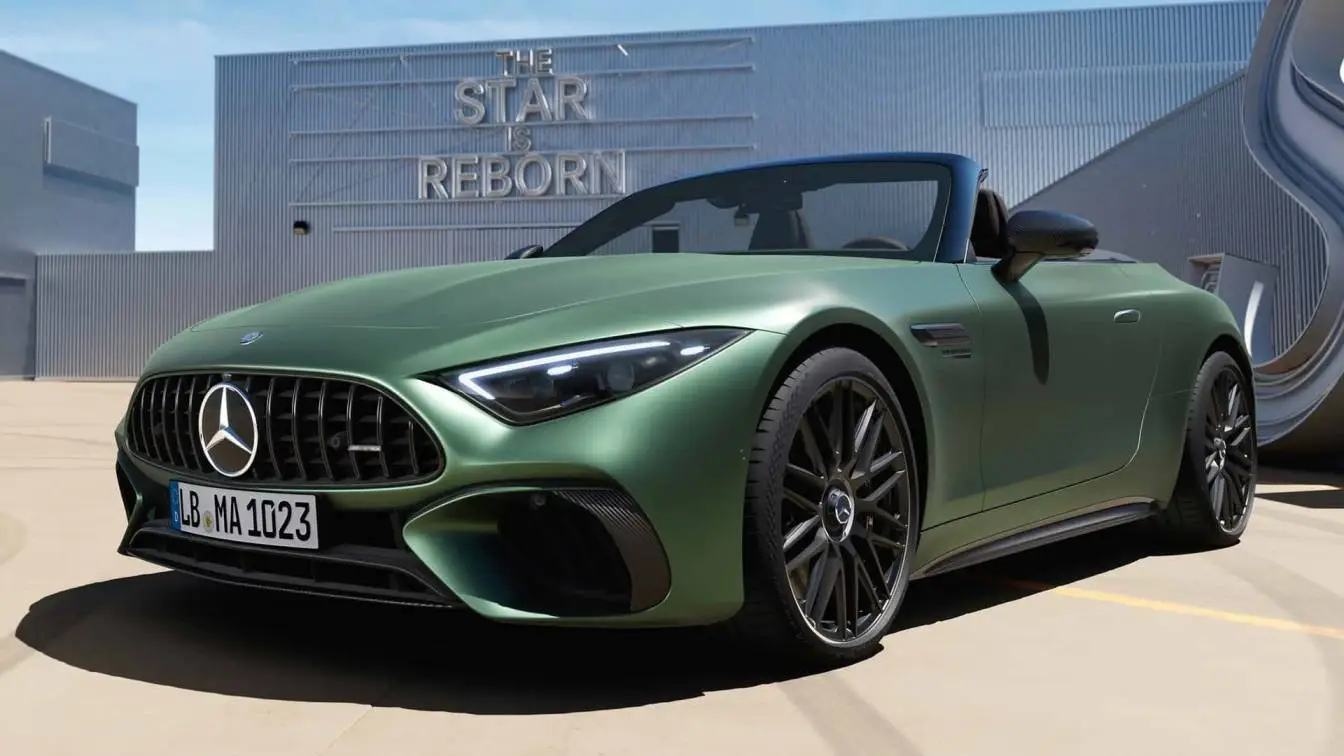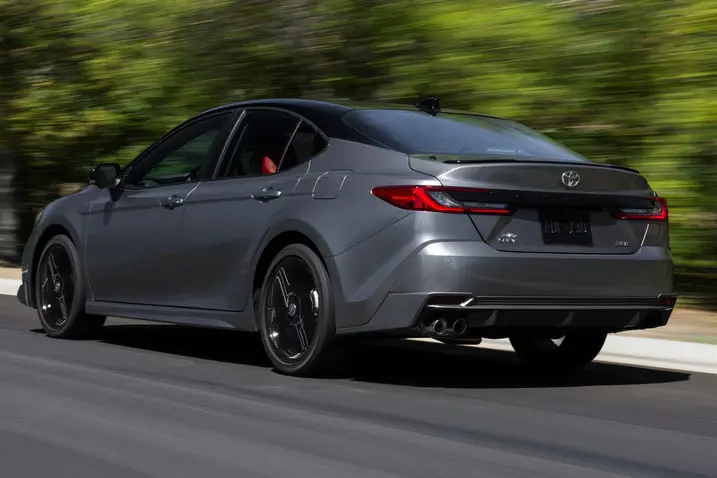Lancia Delta HF Integrale Group A
The Delta was one of the vehicles that helped Lancia establish its remarkable heritage as the most successful manufacturer in World Rally Championship history. Miki Biasion, Juha Kankkunen, and Markku Alén took turns driving it when it was first launched for the 1987 WRC season. The Integrale made its drivers and the competition obsolete in the rally world as it destroyed them and ultimately won 46 races.
Ford Escort Mk1
The Mk2 Ford Escort RS 1800 was regarded as the rally scene's conqueror in the middle to late 1970s, but it couldn't have advanced without assistance from the RS 1600. The RS 1600 was the ideal rally car because of its sleek bodywork that concealed racing mechanics. Cosworth modified the 1600's internals, increasing displacement to two liters and increasing output to about 240 horsepower. A star was created when Roger Clark and Jim Porter won the RS 1600's debut rally at the Circuit of Ireland in 1968.
Audi Quattro
&width=1600)
The Audi quattro is a car that, simply by its appearance, commands attention. Its massive intakes, flared bodywork, and enormous rear spoiler all make a big statement. There were only 20 of these Group B rally vehicles produced; the first-generation models had 476 horsepower, while the second-generation cars had 600 bhp thanks to modified internals and a revised turbocharger. Up until the arrival of the magnificent Lancia 037 with two-wheel drive, very little could match the quattro in Group B. Later, more on that.
Lancia Stratos
Numerous design characteristics seen on the Lamborghini Miura were also present on the Lancia Stratos, including the twin clamshell and the door pillars that resemble bull's horns. Though it appeared to be a vehicle meant for the French Riviera's roads, the Stratos was actually a boisterous rally car driven by Ferrari. Lancia won five races in the Tour de France Automobile and won the WRC manufacturers' championship three times in a row. In all, from the middle until the end of the 1970s, the Lancia Stratos won eighty international rallies.
Toyota Celica GT-Four ST185
Toyota maximized the 300bhp Group A power restriction by fine-tuning the GT-Four ST185's 3S GTE engine to achieve 295bhp. The vehicle debuted in competition in the 1992 World Rally Championship's first event, the Rallye Monte-Carlo. Although it didn't succeed right away, it did win seven WRC races in 1993, including the manufacturers' championship with Didier Auriol/Bernard Occelli in the Monte and Juha Kankkunen/Nicky Grist in the RAC. Five thousand GT-Four RC production vehicles were produced and marketed in Europe, Australia, and Japan in order to fulfill homologation criteria. A two-door coupé slaying it on a rally stage with pop-up headlights just exudes a certain something.
Subaru Impreza
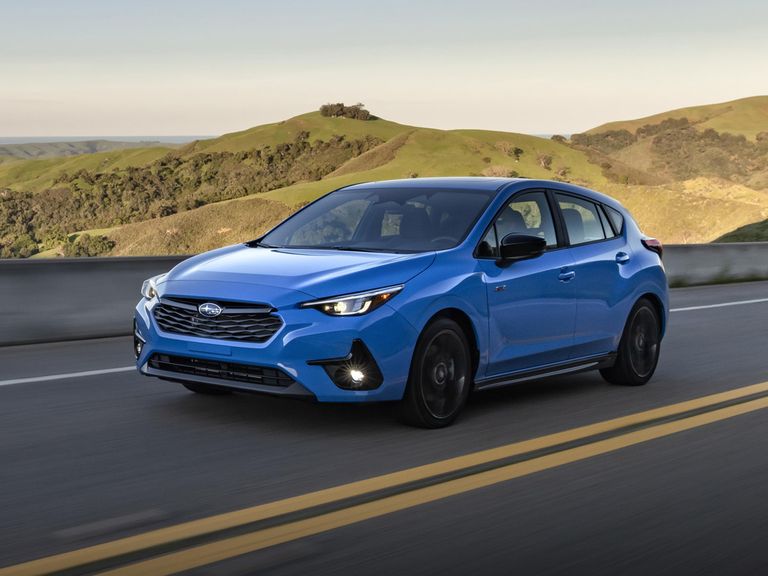
Pro drive realized in 1993 that "success" in Group A rallying didn't always equate to being big and strong. It was looking for a car that was more agile and smaller, and the Subaru Impreza was the ideal choice. In order to achieve a balanced front/rear weight ratio, Pro drive took an Impreza road vehicle and shaved 160mm off its overall length and gave it a 60mm shorter wheelbase. Then, in 1995, the FIA tried to slow down rally vehicles by requiring air intakes to be more restrictive. In order to overcome the obstacle set by the FIA, Subaru had to adapt a new boxer engine with a modified compression ratio and redesigned camshafts.
Read Also: Enhancing Performance of 1990s Vehicles
Mitsubishi Lancer Evo
Selecting only one of these incredibly stylish series of cars is difficult for us, since Mitsubishi produced world-class performance while Tommi Mäkinen was driving. In fact, he won four WRC drivers' titles in Evos III–VI. Individuals who purchased a roadworthy variant, like the Evolution VI Tommi Mäkinen Edition showcased here, possessed significant rally DNA.
Rolls-Royce Corniche
This is definitely something cool, but a little strange. Usually, passersby would be able to determine whose star was driving the Spirit of Ecstasy as it slowly moved along tarred streets, but not today. Rather, this one was covered in mud from the Paris-Dakar Rally. The narrative began in 1981 when two Frenchmen purchased a Corniche and replaced all of the body panels—aside from the doors—with replicas made of glass fiber. The seamless 6.75-liter engine was swapped out for a 5.7-liter Chevrolet, and a Toyota HJ45 powertrain with live axles and leaf-spring suspension was installed in lieu of the chassis.
Fiat 131 Abarth

Who would have guessed that a family saloon would take home three WRC manufacturers' titles? Who is that, Fiat? Fiat had originally planned to build a rally-ready version of the X1/9, but this project was shelved in favor of the then-new 131. After being removed from the assembly line, each rally 131 was given a glassfiber bonnet, boot, and wheel arches to save weight. Additionally, the 1.6-liter engine's capacity was raised to 2 liters, and the live axle was eliminated from the production car in favor of an independent suspension system.

.webp)
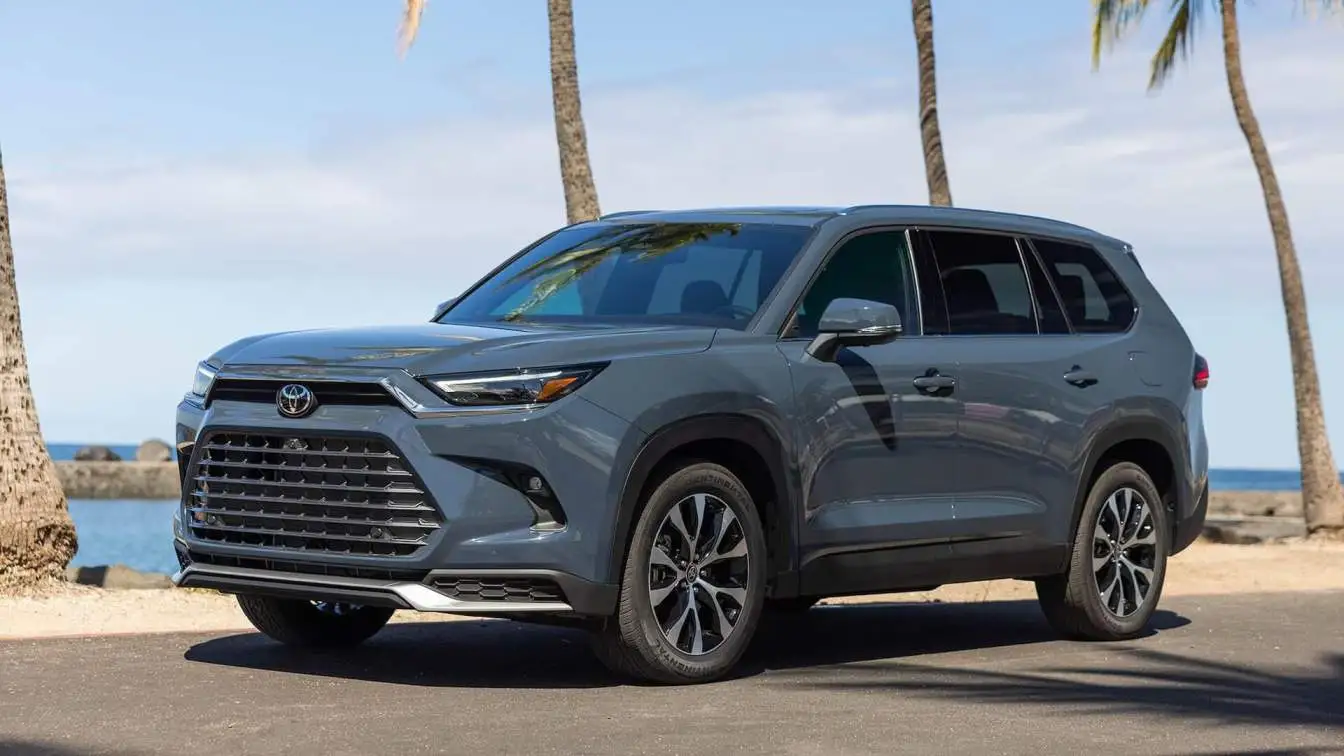
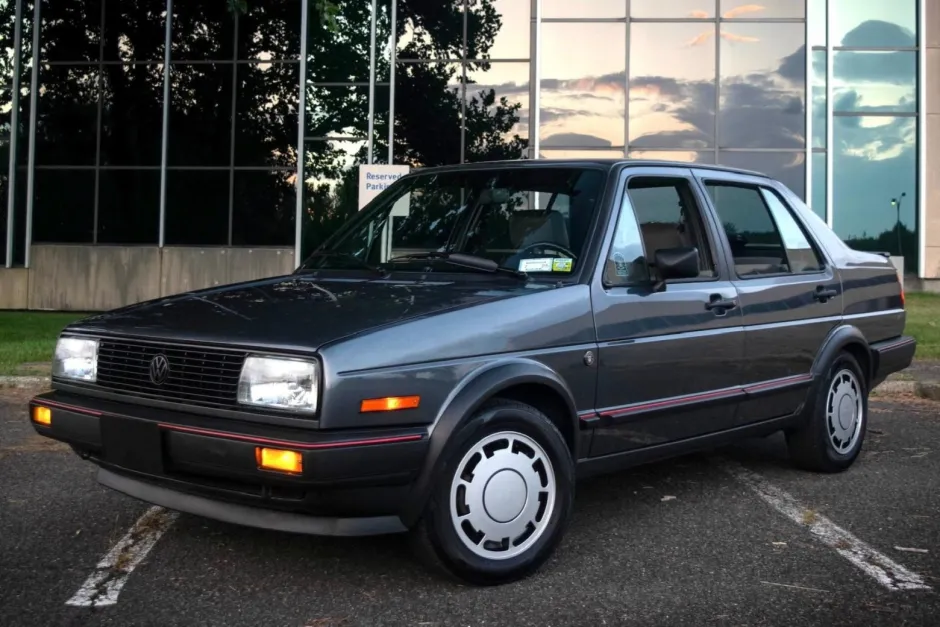
.jpg)
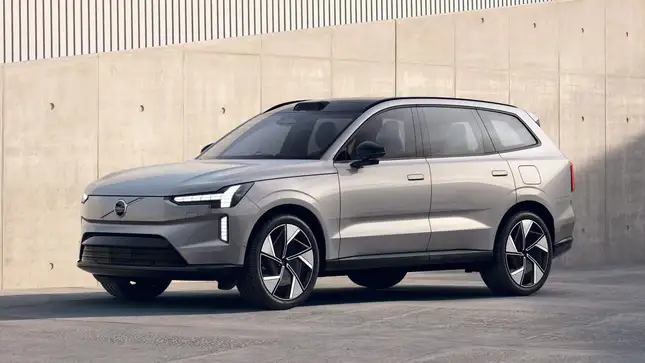
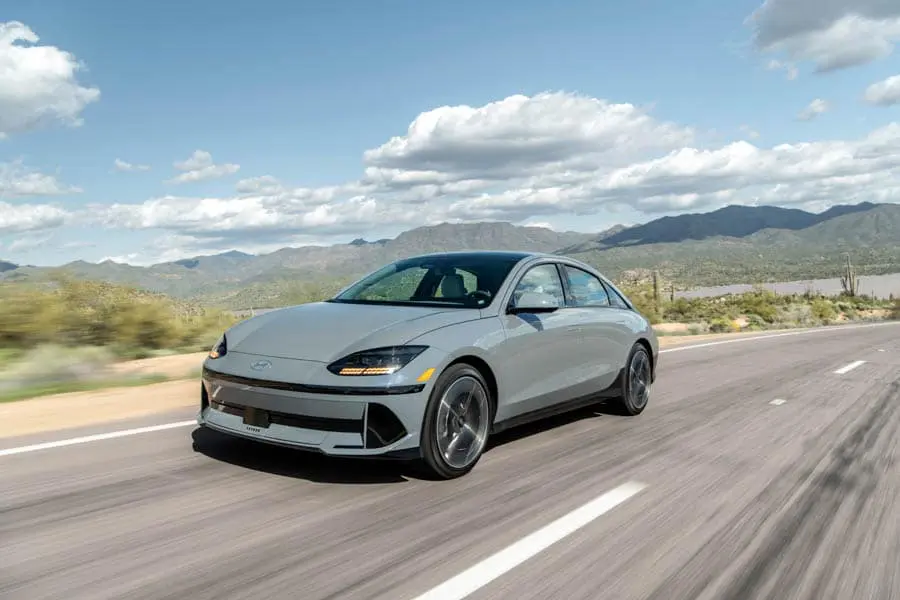
.webp)
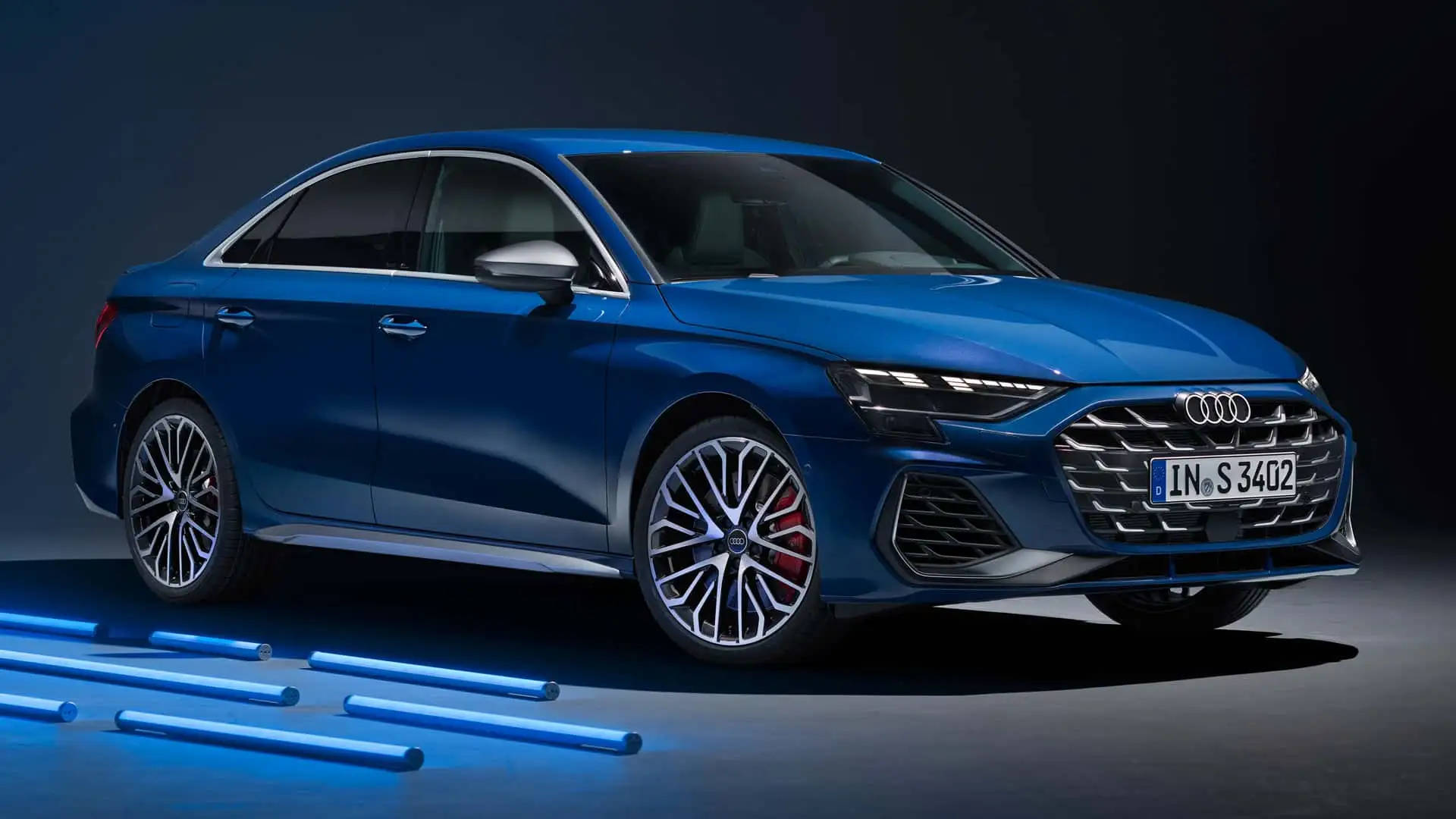
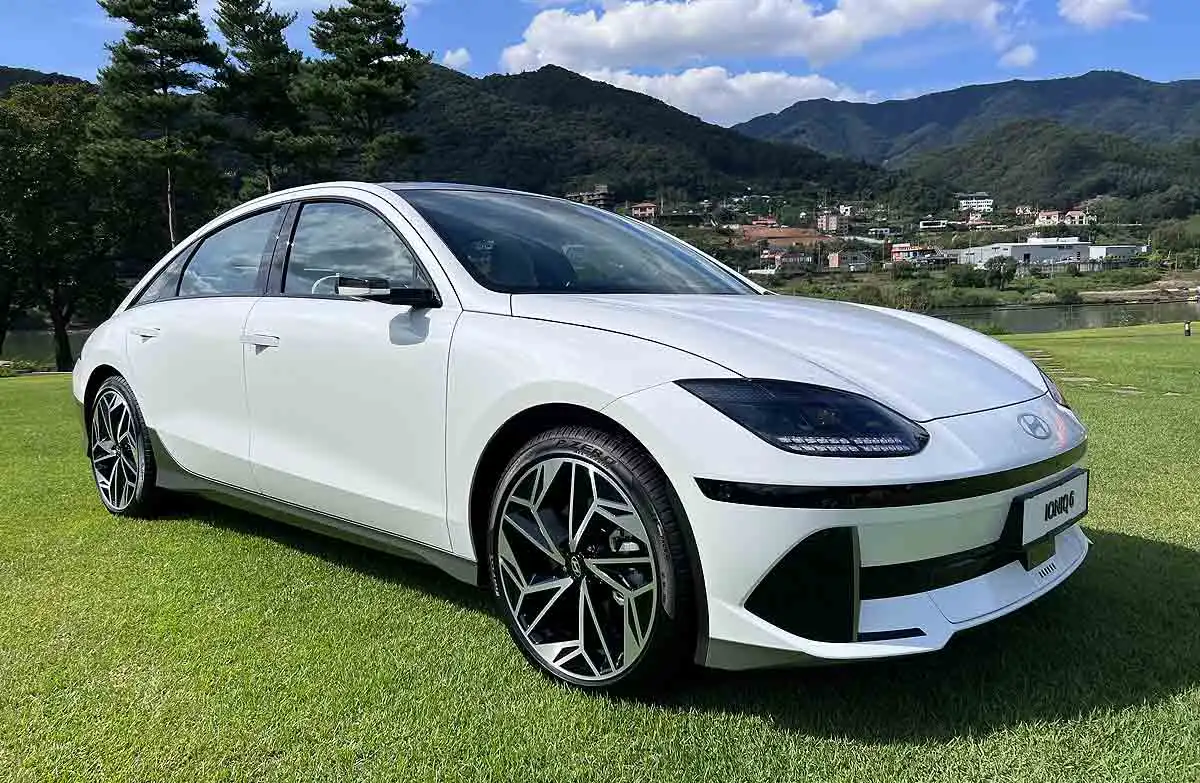
.webp)
